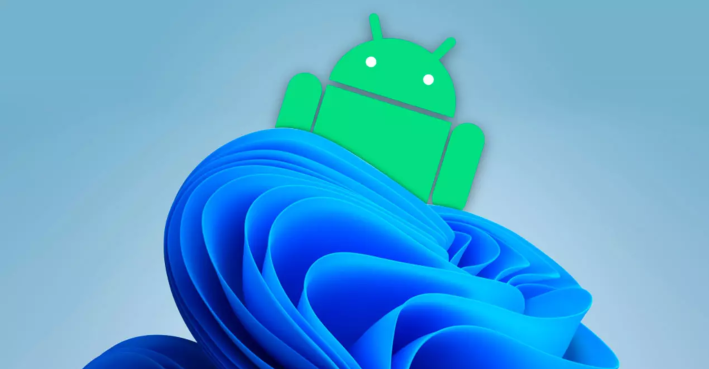When a platform becomes widely used, eventually specific software and operating systems emerge to become popular. Often different systems become known for different things. In the realm of computers, for example, we have the two-party rivalry between Windows and macOS – where the latter is preferred by creatives and trendy users, whereas the former is preferred by business professionals and tech savvy users – a great example of this is in the managed IT services London provider TechQuarters specialises in, where Microsoft 365 and Azure are usually the core services implemented in customer infrastructures.
Many people think that Android is the best platform for business, as well. Owing to that fact that it is an more or less open-source operating system for mobile, it means businesses have plenty of choice when purchasing business mobiles. This is one of the reasons why people were so excited that Microsoft decided to build the Windows Subsystem for Android, which enables Windows 11 users to install and run Android apps on their PC. In May 2022, Microsoft also announced that they were testing upgrades to this subsystem.
Windows & Android
For business, we now tend to use a lot of different mobile apps. We have communications apps, email clients, to-do apps and other task management tools, apps for professional networking, etc. As well as this, we have critical apps that we use on our PCs – the IT services London provider TechQuarters includes provisioning of crucial business apps like Microsoft Office, Outlook, and Microsoft Teams, which are the types of apps you cannot do without in modern business. The purpose of the Windows Subsystem for Android is to enable users to run Android apps on their PC while enjoying the same user experience that was designed for mobile.
This is especially useful for professional users who might prefer to use a single platform to help them stay in the flow of work – sometimes, switching between laptop and phone can cause distractions to occur.
Android 12L
At the moment, the most widely available version of the Windows Subsystem for Android seems to be using Android 11 (according to users who have investigated the program). However, for a little over 7 months now, Android 12 has been out. What is more, a new version of Android 12 has recently been announced, that is specifically designed for devices that have a large screen. For example, tablets, foldable phones, and ChromeOS devices – all of which have screens much larger than most smartphones – will run this version of the OS, known as Android 12L, as it will provide better utilization of the device’s larger screen – for instance, the home screen, lock screen, notifications, and quick settings on these large devices will look different running Android 12L, compared for smaller devices running pure Android 12.
The latest version of the Windows Subsystem for Android that Microsoft are currently testing will utilize Android 12L. Owing to the fact that all Windows 11 devices will be utilizing a full-size screen and resolution, it makes a lot of sense that it should be running a version of Android specifically designed for large screens. What is also interesting is that a large number of Android devices (namely devices that aren’t made by Google) are still using Android 11, or an OS developed by the manufacturer that is based on Android 11. This means that Windows 11 will seen be able to run a more current version of Android than many smartphones out there.
What else is new?
This isn’t the only update that Microsoft are making to the Windows Subsystem for Android. In addition to making the version of Android it runs better suited to large screens, the integration of Android apps on Windows 11 will be much better – for example, users will have the choice to display Android app notifications as Windows notifications – thus offering a more consistent user experience.
A great feature in Windows 11 has been the microphone options in the taskbar – if you have an app open that is accessing your PC’s microphone, you will see a toggle for switching your microphone on and off from the taskbar. Initially, the Windows Subsystem for Android did not enable this feature to be used for Android apps. With the new updates, however, Android apps will have the same taskbar mic options.
Android apps running on Windows 11 initially did not have persistency – meaning that when you shut your PC down and turned it back on, or restarted it, the Android apps you were using prior to shutdown will start from scratch. With the latest updates, however, Android apps on Windows will pick up exactly where they left off.





